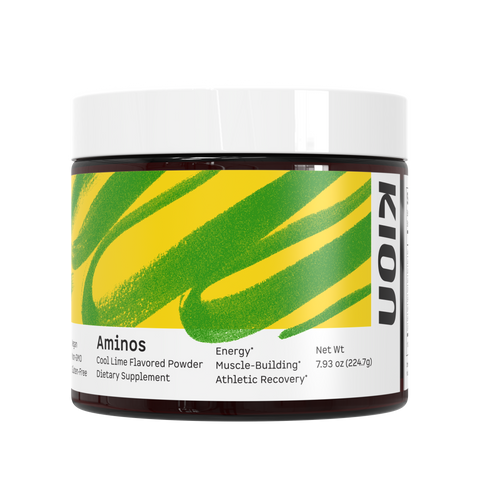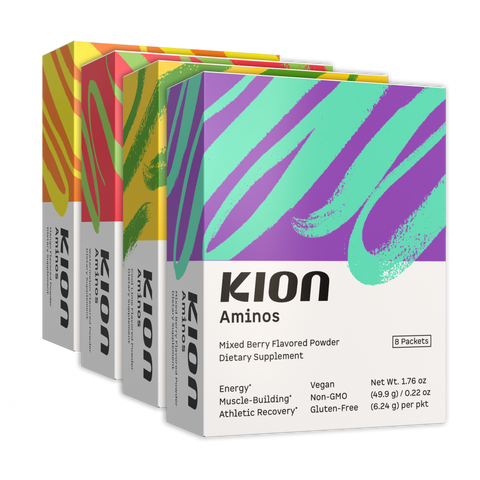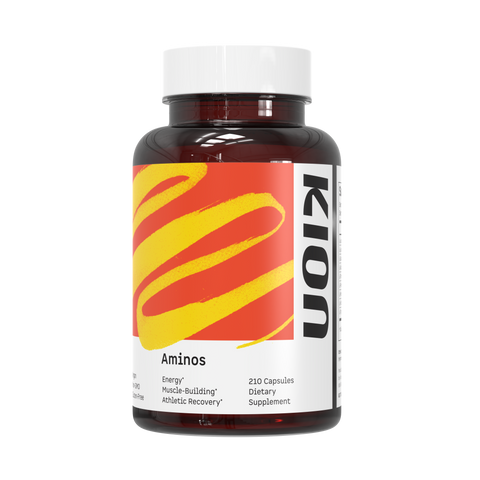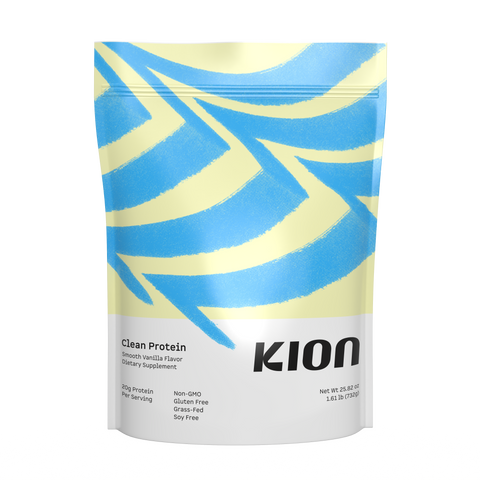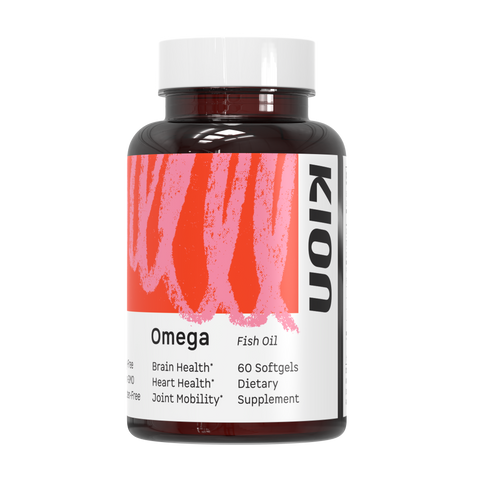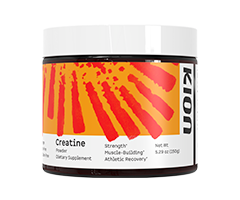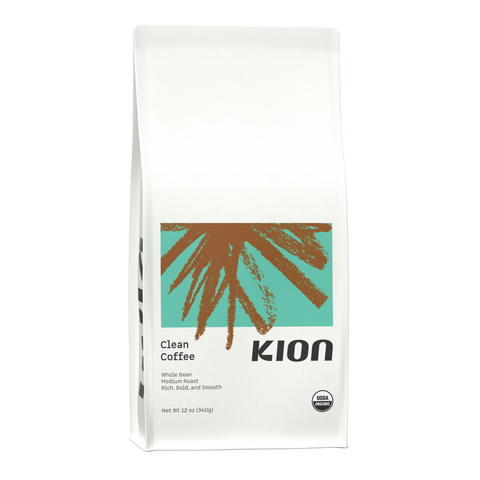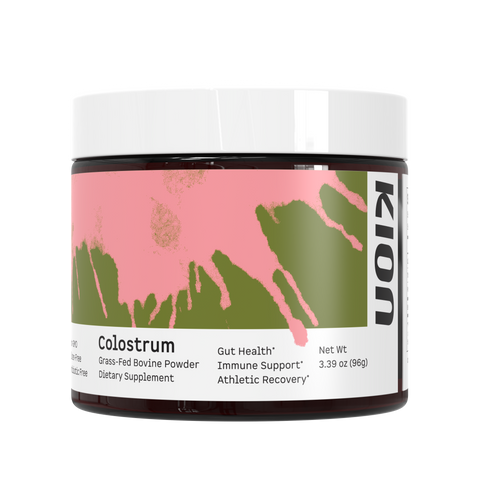Want to know how to reverse nearly 40 years of aging?
Simple.
Lift heavy stuff.
That’s right: muscle is so important because, aside from just helping you to look lean and sexy, it’s actually been associated with your ability to live a long time. Strength training decreases the rate at which telomeres, the end caps of your DNA, shorten, resulting in a longer, happier, and healthier life.
Why Muscle Is Important
Basically, muscles can become smaller and weaker with age, a process known as sarcopenia. Evidence suggests that a key part of the decline occurs in the mitochondria, which, if you can remember high school anatomy, is the powerhouse of the cell and the primary engine of energy production in your body. Researchers from the study “Resistance Exercise Reverses Aging in Human Skeletal Muscle”, which was done on men averaging seventy years old, reported that the weight-lifting seniors involved closed the strength gap between them and their counterparts, younger by nearly forty years, from 59% to 38%. That’s an improvement of almost 36% within the mere six-month period of the study. Muscle biopsies from the study showed that the expression of 179 genes associated with aging underwent a reversal.
The study summed it up by reporting that “healthy older adults show a gene expression profile in skeletal muscle consistent with mitochondrial dysfunction and associated processes such as cell death, as compared with young individuals. Moreover, following a period of resistance exercise training in older adults, we found that age-associated transcriptome expression changes were reversed, implying a restoration of a youthful expression profile.”
Well what the heck does that all mean? Simply put…
When it comes to mitochondria, your energy-producing powerhouses, weight training reverses nearly forty years of aging!
But exercise doesn’t only affect mitochondria. Two more recent studies have shown that exercise protects DNA from the wear and tear of aging, and that the addition of fast-twitch muscle fibers from exercise precipitate fat loss and improve metabolic function, primarily by acting on telomeres. Some research has shown that endurance training can result in telomeres that are 11% longer than average, resulting in a sixteen-year decrease in biological age! Telomeres cap the DNA chromosomes in your cells and protect these chromosomes from damage. As you age, telomeres wear and shorten from repeated cell division, oxidative stress, inflammation, and other metabolic processes, eventually leaving the cell’s chromosomes unprotected. When the caps are completely eroded or disappear, the wear and tear begins to cut into your genes, causing cells to become damaged and discarded as you grow older.
So, if you’re experiencing the effects of aging, or want to avoid them, it’s time to start building functional muscle.
It’s one thing to talk about muscle and its effects on longevity. It’s another thing to actually figure out how you can maintain functional muscle for life, without living in the gym for two-a-day, bodybuilding-esque workouts. It’s time to move out of the microscopic world of mitochondria and telomeres, and back into your world.
How To Build Functional Muscle
There are three things that will maximize functional muscle as you age and create muscle that will last whether you’re a professional athlete or just someone who wants to look good, enjoy life and live a long time.
1) Super Slow Weight Training
This first form of weight training, explained full in the book Body By Science by Doug McGuff, M.D., is the most accessible and has benefits beyond just building muscle and strength. The idea behind super slow training is that by decreasing the speed of movement, you can create more tension in your muscles. Theoretically, the more fatigued muscle will respond by growing, thus making you stronger and potentially boosting your metabolism. This can reportedly induce fine structural alterations in your muscle tissue that you might not be getting with regular strength training. The benefits also include significantly decreased blood pressure in your heart, increased blood flow to your extremities, and low-impact, low-injury-potential exercise.
The high blood pressure in your extremities drives blood back into your heart and results in a cardiovascular training effect, making this a very efficient form of exercise. Plus, eccentric training contributes to injury rehabilitation. Tendon injuries are a common effect of routine sports activity. One study done on 15 recreational athletes with a mean age of 44 years, all with a degenerative case of chronic Achilles tendinosis, found that heavy-load eccentric calf muscle training for 12 weeks placed all treated athletes at their pre-injury levels with full running activity.
So, then, how slow is slow?
Each repetition of an exercise will take about thirty seconds and the exercise should be performed until you can’t physically move the weight anymore. You’ll start very slowly, taking three to six seconds to initially lift the weight and move the first inch. Then you’ll just slowly move along for the next five to ten seconds to complete the lifting phase of your first repetition. On pushing movements, don’t fully straighten your limbs, this will unload the muscles and you want to keep constant tension. On pulling movements, hold the contracted position for about two to three seconds. Then you’ll slowly return the weight to the original position to complete the lowering phase in about the same time as the lifitng phase. You’ll be able to perform about four to eight repetitions with a proper weight selection, but it’s okay if it takes you a few tries before you determine what this is.
An example of a super slow training workout routine includes an upper body push exercise (overhead press, chest press, etc.), an upper body pull (pulldown, pull-up, etc.), a lower body push (squat, leg press, etc.), and a lower body pull (deadlift variations). The whole workout will only take between twelve and twenty minutes.
This whole method flies in the face of the traditional assumption that only heavy weights, lifting between 6-12 reps to failure, will put on muscle. In fact, research done on young athletes concluded that low-load, high-volume resistance exercise is more effective at stimulating muscle growth than high-load, low-volume resistance exercise. Eccentric training has been shown to do just that, even with “no external load”, bodyweight exercises, as long as you contract the muscles through a full range of motion – it just comes down to the amount of tension you place on your muscles.
However, this type of low-load, high volume training may not produce greater gains in your 1-rep max compared to high-load training. If your goals are both to build muscle and get stronger, use 80-90% of your one rep max. But, if your goal is simply to build functional muscle, which is what lends itself to long-term health and strength, then keep super slow, eccentric training in your repertoire.
You can do a super slow training session between one and three times a week. It’s a great tool if you’re just starting out, or want to avoid more difficult, complex strength training routines. This approach is simple, safe, and effective.
2) Train For Power And Strength
This second form of training focuses on raw, explosive power. When you look at a muscle, you shouldn't just be focused on how big it is, but also on what it can do. A smaller muscle that can exert more force but requires less metabolic energy to maintain, is easier to carry around and to keep cool, and requires less oxygen and nutrients could actually be a more healthy muscle, especially compared to a big, less functional muscle that generates less force despite all its bulky and metabolically expensive muscle fibers.
So, instead of building as much muscle as possible, every single fiber that you build should be ultra-explosive. Which means that you need to learn a few power lifts. This type of training results in increased efficiency of the neuromuscular system and more refined motor patterns, and maintaining strong neural pathways between your brain and your muscles is going to improve muscular longevity.
There are three strategies for capitalizing on the speed-and-power capacities of your muscles. First, plyometrics. Plyometrics is basically any activity that involves the rapid stretching of a muscle, immediately followed by a rapid shortening of that muscle; examples of this would be box jumps, clapping push-ups and clapping pull-ups. The idea is to go through the full range of motion as many times as possible, as fast as you can. These types of movements promote high movement speed, fast, high-volume muscle fiber recruitment, and trained release of the powerful elastic energy that’s stored in your tendons.
The second strategy is speed-strength sets, which are basically fast, powerful sets of lifts like squats, cleans, overhead presses, and deadlifts. Explosively training these lifts maximizes movement economy, motor-unit recruitment, and lactate threshold (that burning feeling you get when you’re working out).
The third strategy is complex training. This is basically combining traditional strength exercises with explosive movements, which results in greater rate of force development, which increases overall power. A complex will generally have between four and ten exercises completed for five to twenty repetitions without a rest period. An example barbell complex would be six repetitions of a deadlift, then a bentover row, then a front squat, then an overhead press. You move through each exercise without setting down the barbell.
Lifts like the clean and jerk are incredibly effective at building up power. But learning something as simple as a kettlebell swing, swinging weight forward and back as quickly and explosively and powerfully as possible, does the exact same thing. This form of training results in far more functional muscle and lends itself better to longevity than just lifting as heavy a weight as possible will.
These power-focused strength sessions can be performed one to three times per week.
Hopefully you’re getting the picture here. So far, you’ve got one type of workout where you’re moving your muscles very slowly so you get in the cardio and strength effect. Then you’ve got another type of training, where you’re moving your muscles quickly and powerfully and explosively, so you’re getting more of that anti-aging, functional muscle effect.
3) Make It Accessible So You Can Exercise Anywhere
Your training should be portable. You want to be able to take it with you anywhere you go, so you can train at any time. This means learning different exercises and routines that you can do without equipment or investing in portable equipment. Having a few exercise tools you can pack in a suitcase will ensure you’re maintaining your fitness routine. This is important, because after just three weeks without training, you can expect to start losing muscle mass and strength.
One of the most versatile tools for portability is a suspension trainer. There are a variety of suspension trainers available, but basically you just need one that you can stick in the doorframe of a hotel or friend’s house, and you can do all kinds of pullups, planking exercises, lunging exercises, squat exercises, etc. It lets you suspend your own body weight and do those pulling and grip strength exercises you wouldn’t normally be able to do when travelling. You can do pushups on the floor, and box jump onto a bed (that’ll give you a little stability work as well), but you can’t exactly do pullups on most things without breaking something.
Another thing you can travel with is an elastic band, preferably one with handles on it. You can do tons of exercises with this, like curls, overhead presses, triceps extensions, and sideways band walking with one light, portable tool.
The last thing you can travel with are either paper plates or, if you want to get fancy, a set of what are called sliding tools. You just put your feet on them so that you can slide on any surface to do things like mountain climbers and plank walks and crab walks, or really anything where you drag your legs and feet around as excess weights.
A suspension trainer, an elastic band, and sliding tools can easily fit into your luggage for a lightweight, take-it-with-you gym. Remember, the principle here is that maintaining functional muscle for life is to be able to work out any time, any place, no matter where you are.
All of this just barely scratches the surface of the methods of muscle maintenance, but these tools will give you a great start.
Summary & A Quick-Start Workout
Muscle building, functional strength training, and improving longevity go much, much deeper. There are even ways to maintain muscle without exercising. One method is by using heat stress. You can achieve this through dry sauna, wet sauna or infrared sauna treatment. And luckily for you globetrotters, many resorts and hotels have saunas. Heat stress triggers the release of heat shock proteins (HSPs), which control free radicals, repair misfolded, damaged proteins in muscles, and promotes the release of growth hormone. So there are methods to biohack your way to sustainable, functional muscle.
Here’s one way you can get your feet wet right now: start with bodyweight pushups or a bodyweight squat, and do them as slowly as you can over the course of sixty seconds. Then, do the movement again, but as fast as possible over the course of sixty seconds, to experience the full contrast between slow strength training and power training. For power training, your hands could even leave the floor as you push up and you can add a jump when you explode upwards during your bodyweight squats. Give yourself a taste of both, throw in portability, and you’ll be well on your way to staying lean, sexy, and powerful for the rest of your life.



